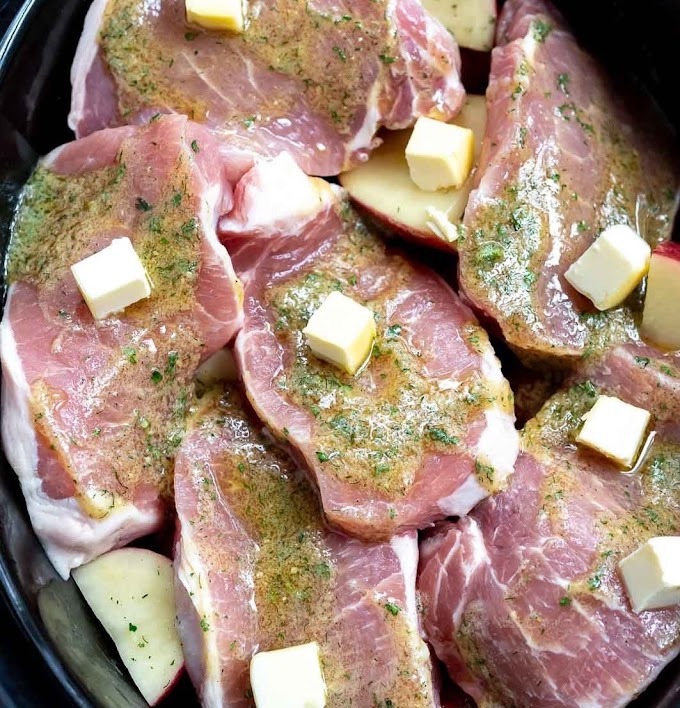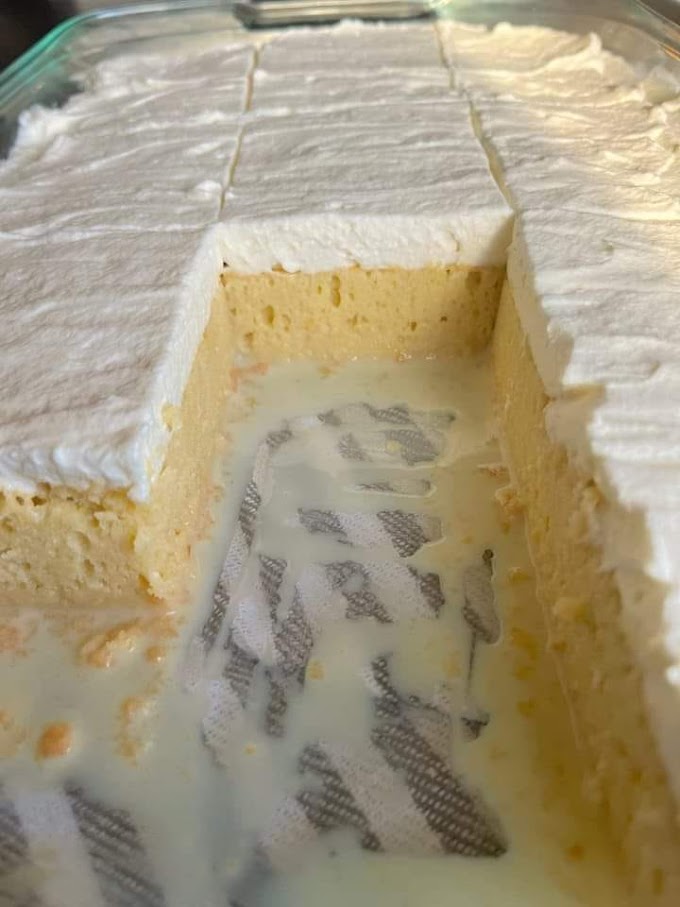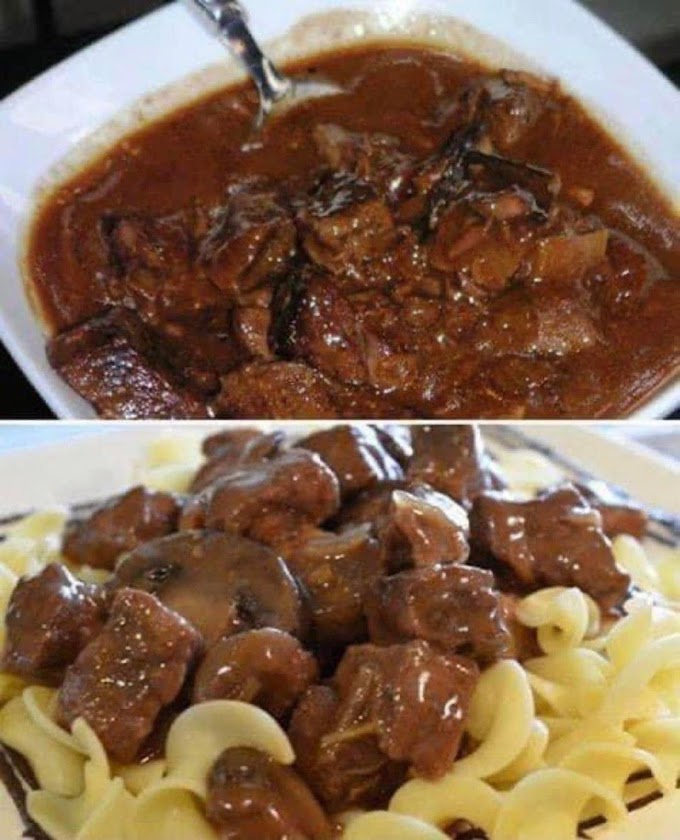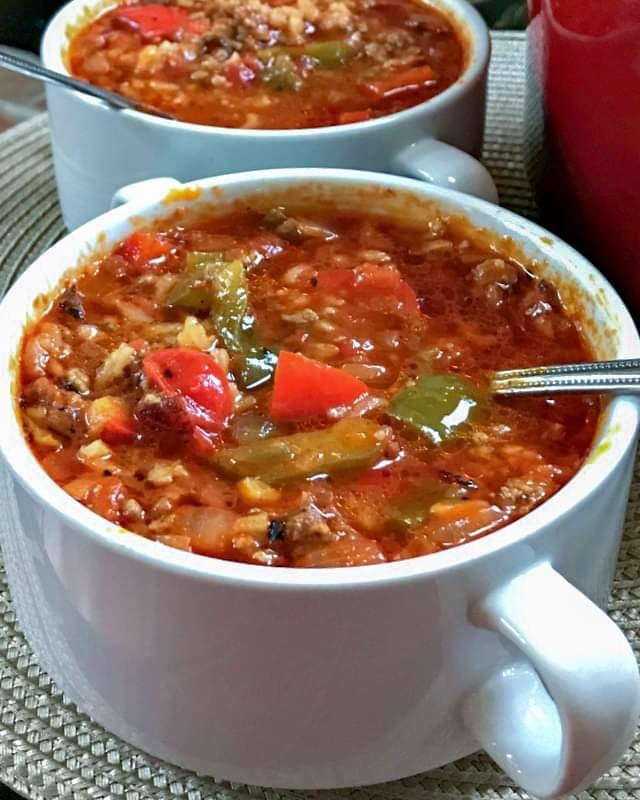HOW TO MAKE FLUFFY AND DELICIOUS BUTTER BUTTERMILK BISCUITS
The "Butter Buttermilk Biscuits" recipe is an absolute crowd-pleaser that has captured the hearts and taste buds of people everywhere. Loved by all, this delightful treat is a perfect blend of buttery goodness and tangy buttermilk flavor. One of the reasons why it has gained such widespread adoration is its simplicity in preparation. With just a handful of basic ingredients and a straightforward method, even novice bakers can create these heavenly biscuits effortlessly. The recipe's ease lies in its ability to yield light, flaky, and tender biscuits with a golden, crispy exterior. From family gatherings to brunch parties, these biscuits have become a beloved staple, leaving everyone craving for more.
Butter buttermilk biscuits are a classic comfort food that never fails to impress. These tender, flaky, and buttery delights are perfect for breakfast, brunch, or as a side for a hearty meal. With just a few simple ingredients and some basic baking techniques, you can create a batch of homemade biscuits that will rival any you've ever tasted. In this recipe, we'll guide you through the step-by-step process of making these mouthwatering treats.
INGREDIENTS NEEDED:
250 grams.Of all-purpose flour
2 Tsp.Of baking powder
1/2 Tsp.Of baking soda
1/2 Tsp.Of salt
1 stick.Of unsalted butter, cold and cubed.
180 ml.Of cold buttermilk.
PREPARATION:
1st Step
Prepare a baking sheet with parchment paper and heat the oven to 425 degrees Fahrenheit (220 degrees Celsius).
2nd Step
Mix the regular flour, the baking powder, the baking soda, and the salt in a large basin. Make sure everything is mixed together well.
3rd Step
Mix the dry ingredients with the chilled butter cubes. Work the butter into the flour mixture with a pastry cutter or your fingers until the mixture resembles coarse crumbs. You want the butter to be in pea-sized chunks all across the dish.
4th Step
Add the buttermilk to the flour and butter and stir until combined. Use a fork or wooden spoon to gently mix the ingredients together until a dough forms. Don't overwork the dough; a little texture is OK.
5th Step
Put the dough onto a lightly floured work surface. Bring it together and level out the bumps with a little kneading. Too much kneading might make the biscuits tough.
6th Step
Flatten the dough to a thickness of approximately 1/2 inch (1.25 cm) using a rolling pin. Be wary of flattening it too much, since biscuits with a little more heft to them tend to rise higher.
7th Step
Cut out shapes from the dough using a floured round biscuit cutter (about 2 inches/5 cm in diameter). If you want uniformly risen biscuits, avoid twisting the cutter. Spread the biscuits out on the baking sheet, allowing a little space between each one.
8th Step
To make more biscuits, gather the dough scraps, gently press them together, and roll them out again. To use up all the dough, just repeat the steps above.
9th Step
Bake the biscuits for 12-15 minutes in the preheated oven, or until they are golden brown. Watch them closely so they don't become too brown.
10th Step
The biscuits are done when they can be removed from the oven and placed on a wire rack without sinking. Warm them up and pair them with butter, jam, or your go-to side dish.
TIPS AND VARIATIONS:
For extra flakiness, you can incorporate a technique called "layering" by folding the dough in thirds, similar to puff pastry, before rolling it out and cutting the biscuits.
To add a touch of sweetness, you can brush the tops of the biscuits with melted butter and sprinkle a little sugar before baking.
For a savory twist, consider adding shredded cheese, herbs (such as rosemary or thyme), or crumbled bacon to the dough before baking.






